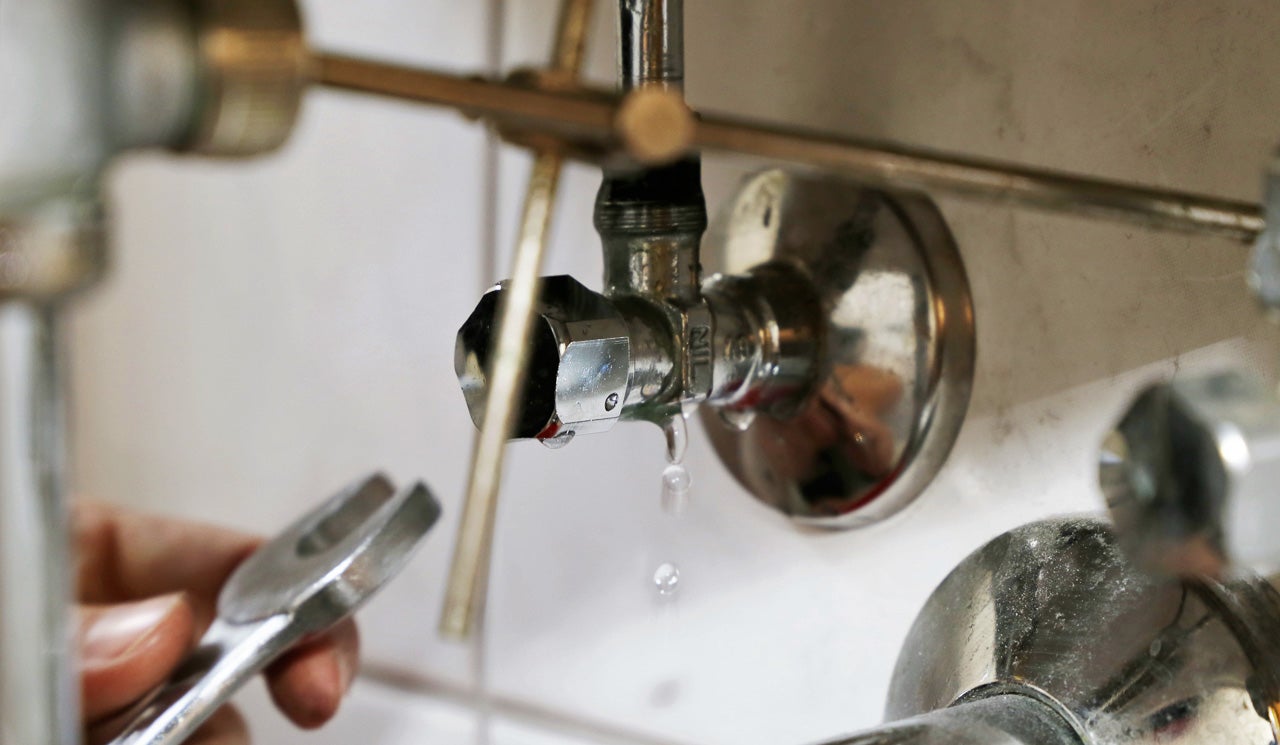Just how to Examine If Your Residence Has a Surprise Leakage
Just how to Examine If Your Residence Has a Surprise Leakage
Blog Article
The writer is making several great pointers on the subject of Finding hidden leaks overall in this great article below.

Early discovery of leaking water lines can alleviate a potential disaster. Some little water leaks might not be visible.
1. Check Out the Water Meter
Every house has a water meter. Checking it is a guaranteed manner in which assists you find leaks. For beginners, shut off all the water sources. Make certain nobody will certainly flush, use the faucet, shower, run the cleaning machine or dishwasher. From there, go to the meter as well as watch if it will certainly alter. Since nobody is utilizing it, there should be no motions. That indicates a fast-moving leakage if it relocates. Furthermore, if you spot no changes, wait a hr or 2 as well as inspect back once more. This suggests you might have a sluggish leakage that can also be below ground.
2. Inspect Water Consumption
If you detect unexpected changes, regardless of your usage being the exact same, it means that you have leakages in your plumbing system. An abrupt spike in your bill shows a fast-moving leak.
On the other hand, a consistent rise each month, despite having the exact same behaviors, reveals you have a sluggish leakage that's also gradually intensifying. Call a plumber to thoroughly check your residential property, particularly if you really feel a cozy area on your flooring with piping beneath.
3. Do a Food Coloring Examination
When it comes to water consumption, 30% comes from bathrooms. If the color somehow infiltrates your bowl during that time without flushing, there's a leakage between the container and also dish.
4. Asses Exterior Lines
Do not neglect to inspect your exterior water lines as well. Ought to water leak out of the link, you have a loose rubber gasket. One small leakage can throw away heaps of water as well as surge your water costs.
5. Evaluate and also Examine the Circumstance
Home owners need to make it a practice to inspect under the sink counters and even inside cupboards for any bad odor or mold and mildew development. These two warnings suggest a leakage so timely attention is called for. Doing routine assessments, even bi-annually, can conserve you from a major trouble.
If you understand your home is currently old, maintain a careful eye on your heating systems, pipes, pipes etc. Check for discolorations and compromising as many pipelines as well as appliances have a life span. They will likewise normally weaken due to deterioration. If you presume dripping water lines in your plumbing system, don't wait on it to escalate. Call a specialist plumber right now so you don't wind up with a horrible mess in your home.
Early discovery of dripping water lines can minimize a possible catastrophe. Some tiny water leakages may not be visible. Inspecting it is a guaranteed method that helps you discover leakages. One tiny leakage can squander loads of water and spike your water costs.
If you think dripping water lines in your plumbing system, don't wait for it to intensify.
WARNING SIGNS OF WATER LEAKAGE BEHIND THE WALL
PERSISTENT MUSTY ODORS
As water slowly drips from a leaky pipe inside the wall, flooring and sheetrock stay damp and develop an odor similar to wet cardboard. It generates a musty smell that can help you find hidden leaks.
MOLD IN UNUSUAL AREAS
Mold usually grows in wet areas like kitchens, baths and laundry rooms. If you spot the stuff on walls or baseboards in other rooms of the house, it’s a good indicator of undetected water leaks.
STAINS THAT GROW
When mold thrives around a leaky pipe, it sometimes takes hold on the inside surface of the affected wall. A growing stain on otherwise clean sheetrock is often your sign of a hidden plumbing problem.
PEELING OR BUBBLING WALLPAPER / PAINT
This clue is easy to miss in rooms that don’t get much use. When you see wallpaper separating along seams or paint bubbling or flaking off the wall, blame sheetrock that stays wet because of an undetected leak.
BUCKLED CEILINGS AND STAINED FLOORS
If ceilings or floors in bathrooms, kitchens or laundry areas develop structural problems, don’t rule out constant damp inside the walls. Wet sheetrock can affect adjacent framing, flooring and ceilings.
https://www.servicemasterbyzaba.com/blog/how-to-detect-water-leakage-in-walls/

Hopefully you enjoyed reading our part about Hacks to detect leaks. Thank you so much for finding the time to read our posting. Those who enjoyed reading our blog entry if you please remember to share it. Bless you for your time. Visit us again soon.
Report this page